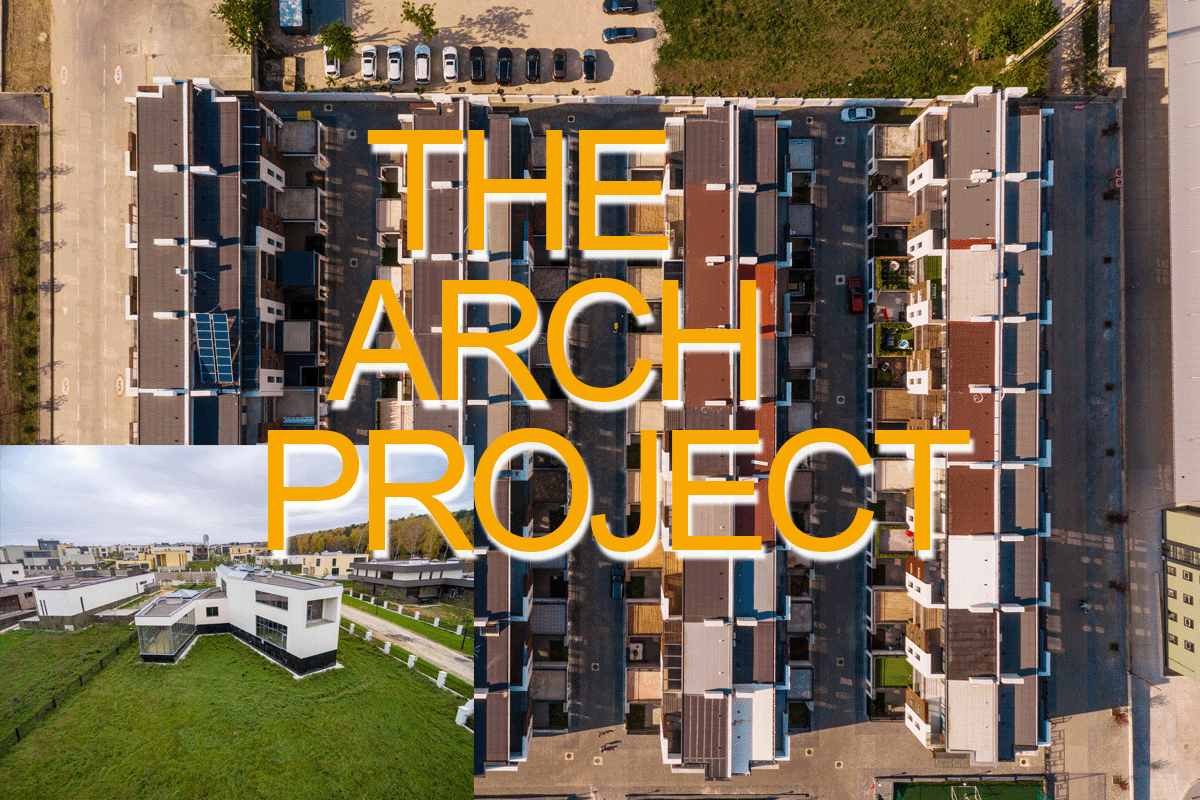In the face of an increasingly unpredictable climate and rapid urbanization, African cities are at the forefront of a critical challenge: ensuring the availability of affordable housing while building resilience against changing environmental dynamics.
This article delves into the intersection of climate resilience and affordable housing in the context of African cities, highlighting the urgency of addressing these intertwined issues and presenting innovative strategies to achieve sustainable urban development.
The Climate-Resilient Housing Imperative
African cities are grappling with the intensifying impacts of climate change, including rising temperatures, extreme weather events, and heightened risks of flooding and drought. These challenges converge with the pressing need to provide adequate, safe, and affordable housing for their burgeoning populations. Verifiable data underscores the urgency of action:
-
Escalating Climate Risks:
– The World Bank reports that a staggering 86% of Africans are vulnerable to climate change impacts, with disproportionately high risks faced by those living in informal settlements.
– A study by the United Nations Development Programme (UNDP) reveals that climate change could result in the displacement of up to 86 million people in Sub-Saharan Africa by 2050, exacerbating housing challenges
- Urbanization’s Impact:
– The United Nations predicts that Africa’s urban population will double by 2050, requiring the construction of an estimated 3 million housing units annually.
– Rapid urbanization intensifies competition for land and resources, often leading to the growth of informal settlements that lack proper infrastructure and services.
4 Innovative Strategies for Climate-Resilient, Affordable Housing
-
Green Infrastructure Integration:
Embracing nature-based solutions like urban green spaces, community gardens, and rooftop gardens can enhance climate resilience. These features absorb excess rainfall, mitigate urban heat islands, and improve air quality, contributing to healthier living environments.
-
Sustainable Construction Practices:
The use of locally sourced, energy-efficient building materials and technologies can bolster a building’s resilience to climate impacts while reducing its carbon footprint. Techniques such as passive cooling and solar design also enhance energy efficiency and affordability.
-
Participatory Urban Planning:
Engaging local communities in urban planning processes fosters inclusive decision-making and empowers residents. Incorporating indigenous knowledge and practices can lead to context-appropriate housing solutions that are better equipped to withstand climate shocks.
-
Climate-Resilient Design Standards:
Governments and municipalities can enforce building codes and standards that mandate climate-resilient features, such as flood-resistant foundations, elevated construction, and stormwater management systems.
Climate-Resilient, Affordable Housing Projects In African Cities
This initiative integrates affordable housing with climate-resilient design, incorporating rainwater harvesting, passive solar design, and green roofs. The project aims to provide a replicable model for sustainable urban development.
Kigali has embarked on an ambitious plan to create climate-resilient, mixed-income neighborhoods with green spaces, efficient public transportation, and affordable housing options. The city’s approach emphasizes the importance of long-term planning.
Adapting African cities to changing environmental dynamics requires a multidimensional approach that places climate resilience at the heart of affordable housing initiatives. Verifiable data underscores the urgency of this endeavor, and innovative strategies offer a path forward. By prioritizing green infrastructure, sustainable construction, participatory planning, and robust design standards, African cities can build housing that not only withstands the impacts of climate change but also nurtures vibrant and resilient communities. As we forge ahead, collaboration between governments, private sectors, communities, and international organizations is essential to realizing a future where climate resilience and affordable housing go hand in hand.




